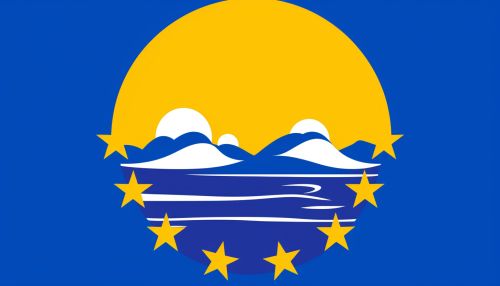European Physical Society
Overview
The European Physical Society (EPS) is a non-profit organization whose purpose is to promote physics and physicists in Europe. Formally established in 1968, the EPS engages in activities that strengthen ties among the physicists in Europe, foster collaboration, and promote the dissemination of information in the field of physics.


History
The European Physical Society was officially established on 26 September 1968 in Geneva, Switzerland. The founding members comprised of 62 national, physical and learned societies. The initiative to form the EPS came from several eminent physicists who saw the need for a unified and coherent voice for physics in Europe.
Structure and Membership
The EPS is governed by an Executive Committee, which is elected by the Council. The Council is the decision-making body and consists of representatives from 42 National Member Societies and many Associate Members. Individual Members form the backbone of the EPS, contributing to its activities and reinforcing the voice of the EPS in advocating for physics and physicists.
Activities
The EPS engages in a wide range of activities, which include organizing scientific meetings and conferences, providing a forum for the discussion of subjects of common interest, promoting the exchange of information among physicists in different countries, fostering the dissemination of information in the physics community and beyond, recognizing outstanding achievements with its prizes and distinctions, and cooperating with other organizations in the pursuit of common goals.
Divisions and Groups
The EPS has several Divisions and Groups that cater to special interests in the field of physics. These include the Atomic, Molecular and Optical Physics Division (AMOPD), the Nuclear Physics Division (NPD), the Particle Physics Division (PPD), the Plasma Physics Division (PPD), the Statistical and Nonlinear Physics Division (SNPD), the High Energy and Particle Physics Division (HEPPD), the Quantum Electronics and Optics Division (QEOD), the Environmental Physics Group (EPG), the Physics in Life Sciences Division (PLSD), and the Technology and Innovation Group (TIG).
Publications
The EPS publishes several journals and newsletters to disseminate information about the latest developments in physics. These include the Europhysics Letters (EPL), the European Journal of Physics (EJP), and the EPS Newsletter.
Awards and Distinctions
The EPS awards a number of prizes and distinctions to recognize outstanding achievements in the field of physics. These include the EPS Europhysics Prize, the EPS Edison Volta Prize, the EPS Gero Thomas Medal, and the EPS Fellows.
Advocacy
The EPS also plays an active role in policy advocacy at the European level. It provides expert advice and consultation to the European Commission, the European Parliament, and other policy-making bodies on matters related to physics and science education, research, innovation, and industry.
